Collaborative Learning
A generic term for a variety of educational strategies for peer learning, not specific to one-on-one education.

Students and teacher giving each other praise.
Advantages
- Give students the opportunity to connect with others.
- Peers can help each other.
- Can create friendships in and out of the classroom.
- Learn from different view points.

Children in Africa collaborating effectively.
Disadvantages
- Conflicts can arise.
- Distractions can occur
- Some student prefer to work alone.
Although all students have different paths, they all ultimately would like to understand the lesson, learn from it and apply it in the next class session. With the help of their peers, they could be able too have things explained to them again or exercised a different way. Collaborative learning around the world is beneficial to all students in their own unique ways.
Thank you!
Paul Mancini
Collaboration and Technology in Classrooms
Collaboration in the classroom is essential to today’s learning due to the social needs of students. It’s a great way to develop different ways of thinking, usually at more advanced levels, and oral communication, which are aspects that students these days need. Students are struggling more now with communication than even before and part of the blame is technology itself, so why not use this tech as a way to get those levels of communication back?
Some great technology that has shown itself to reintroduce collaboration and communication among students is Google Services. By using Google Drive, files, emailing, and even slides, a student can connect with their fellow classmates through writing on the same document, commenting on the same file, and emailing each other questions to better understand the assignment or task at hand. This exact blog gives a great example of that! We can comment, share, and give insight into each other’s posts to make this learning experience more fun and socially active.
The Enhancement of Microsoft Teams and The Impact It Has in The Classroom
We have all come to know of the recently developed program of Microsoft Teams that can be used for a vast number of applications in different scenarios. While Teams can be seen as a primarily business platform in which corporations can engage and disseminate information to one another, a great use of this software can be seen with the classroom itself. Patrick Moorhead, a senior collaborator at Forbes, details the new features Teams has provided to gain a competitive edge over different platforms all while enhancing the overall learning experience for students. So, what do these features entail? Can we rely on a seemingly multi-use platform to help our kids learn? Well let’s dig into the features and gauge for ourselves.
Enhancing The Classroom Setting with Increasing Participation
It is a fact that Teams has exponentially grown overall with the increasing downloads of their program. It is at the time grown over a total of 150 million users with 28,000 users signing up daily solely in the educational side of teams. Now what can be an issue with an increase of students within the platform? The availability to be seen and heard within the classroom. Teams Solution was to integrate a 7×7 video classroom setting allowing a total of 49 students to engage with the class and show when a question is needed. Furthermore, on the aspect of the educator side, Teams has implemented new features in which students can be disseminated information of documents as well as track the overall attendance and participation of students.

The Ability to Do More for Less
Another feature Teams has implemented is the ability to change backgrounds and blur them as well. Now this can be seen as a fun and goofy addition to Teams as a whole. The reasoning behind this is to allow further engagement with students to further expand on topics being discussed. We can be talking about the great pyramids and imagine that we are truly there with these changes. While yes in my previously described blog, I stated how VR can ultimately be the new way to truly engage on topics such as this. However, this can be shown as a very cost-efficient way to allow students to understand the same point.
So, what do you think? Do you believe more collaborative programs like Teams is truly promoting student education? I believe it has greatly promoted student interaction with teachers and other classmates on a technological standpoint. Furthermore, it develops the student’s technology use overtime which is what the world is ultimately leaning towards. Be sure to follow me on X!
Best Student-Collaboration Tools
Learning can be greatly benefited by adding a social element, especially when it allows for students to collaborate with each other. I have found an article that states plenty of useful resources teachers can use for their students to collaborate online with each other to further their understandings of topics taught in class. These tools allow for the students to expand on their productivity and creativity. When students collaborate with each other they can grow their metacognition by sharing research, taking notes, use their own voices, and reflect.
Some of these include:
PADLET:

Padlet allows for students to collaborate and share using interactive multimedia bulletin boards.
ePALS

ePals allows for students to learn together in a global classroom.
There are plenty of sites to use on this link. They list plenty of very awesome sites to help encourage student collaboration. Hope you can find some that inspire your teaching!
Collaboration and The EdTech Workshop
The EdTech Workshop gives numerous opportunities for educators and students to collaborate with each other. This tool is essential because it benefits teachers to fill their toolbox with the tools, blueprint, and skills that are needed to build effective, efficient, and engaging lessons for students.
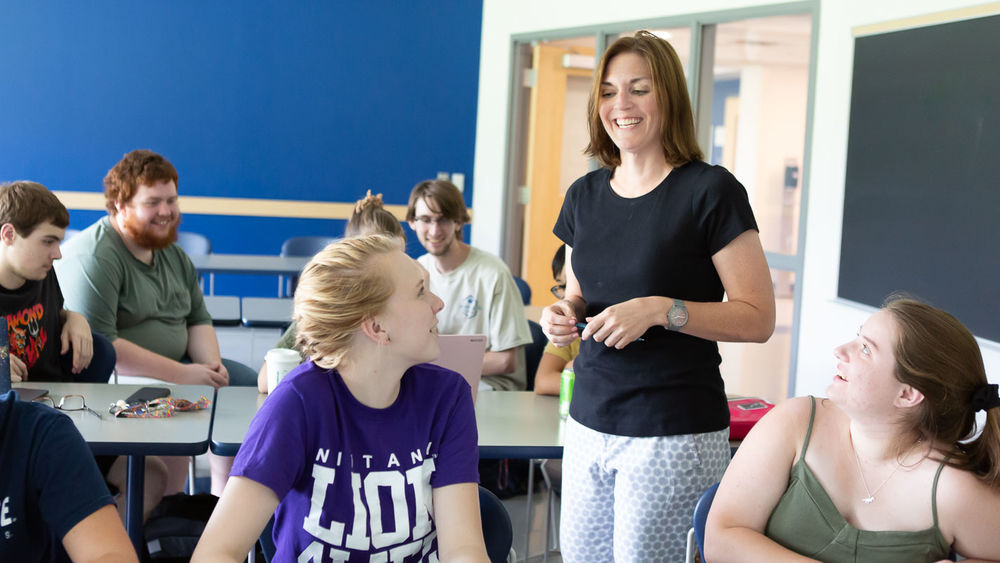
Why Is Collaboration Significant?
In any environment, whether it is in an education field or a workspace, collaboration is important because it means working together with other people to achieve goals or solve problems. When we collaborate with a group or in a team, we can:
- Combine our strengths
- Share ideas
- Learn from each other
- Get different perspectives and opinions
- Accomplish bigger tasks
Everyone has different skills and knowledge so when we work together, we can use our strengths to get more done. In addition, we can share our thoughts and come up with better intakes. We can also learn new things from our peers and grow as individuals in order for us to finish what needs to be done.
The EdTech Workshop
The EdTech Workshop was created by Greg Jung, the CEO of Jung Education Consulting and a retired Instructional Technology Coach and Teacher. His creation of this tool is to help educators with different methods on how to collaborate with other faculty and students in order to achieve their goals. For example, he has created a template for when individuals are working together in a group. In this template, his strategy gives each member of a group a chance to speak up and share their voices. This template can be shared, downloaded, or even printed out to be completed.

Make sure to follow my twitter: @Taliana_Ayala
Collaborate
Collaboration is an essential aspect of education and is necessary for both educators and students to know how to collaborate as well as the tools available to help with collaboration. Tools such as Microsoft Teams and Flipgrid are just some of the tools that are used today to encourage collaboration.
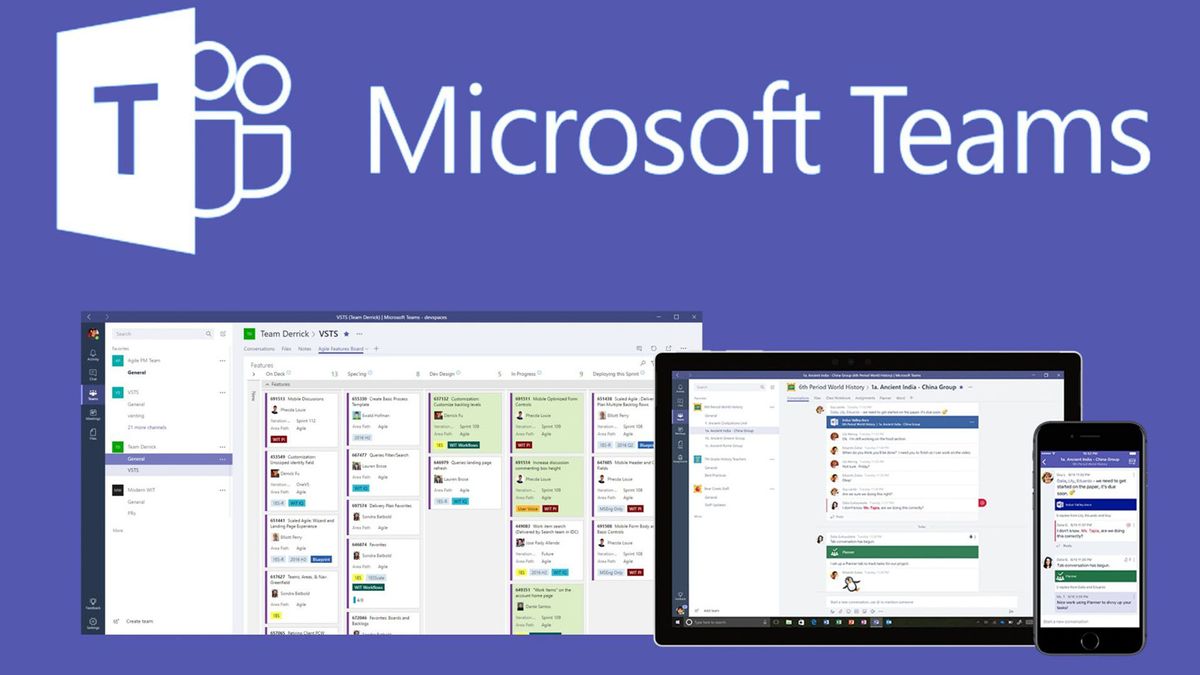
Microsoft Teams is an amazing tool for educators and students as it is made to easily share files with your team allowing users to work on them together as well as share each other’s knowledge also allows team members to view, collaborate, and edit all in Microsoft Teams.
With Microsoft Teams you can stay in touch and collaborate with anyone from anywhere. You can schedule live events and meetings as well as contact a teammate you can also chat with teammates as well and also provide feedback to each other.
Flipgrid is a phenomenal way to promote collaboration within the classroom anywhere on any device to socially engage students and promote collaboration online with its endless content and is perfect for educators and engaging for students.
Finding the right tools for collaboration is crucial and these are just two phenomenal choices. It is important to be able to navigate tools such as these to encourage collaborations.
Collaboration in Technology

What is Collaborative Technology?
Collaborative technology is the tools and software brought by the technology in order for people to work in teams in order to achieve their designated goal.

Benefits
- Cost and time reduction when working with many different teams
- More coordination in group problem solving
- Easily share the ideas of many different people
- Ability to share files with one another remotely
- Notification of when someone makes changes to shared files
- Real time remote collaboration

Importance of Collaboration Technology
With technology ever advance people have more access to the internet and its abilities than ever before. Why shouldn’t we be making use of it. With all the benefits collaboration technology has to offer we must make use of it, because if done correctly it will show more and more benefit’s to the use. Already people are able to cut costs and time to meet up in person when they can just come together remotely. So why shouldn’t people make the most of the technology out there and use it to its fullest.
Collaboration about Classroom Management
Collaboration is about building a community in the classroom between the students and the teacher. According to the Edutopia article, “And while there’s no replacement for spending time in the classroom, an awareness of the right strategies, and the right mindsets, can put new teachers on the fast track to adopting tactics that work but might feel counterintuitive or risky” (Terada, 2021). This article contains insightful observations about the classroom, as well as a constant back-and-forth between the teacher and students. When teaching a fresh group of learners, classroom management is an essential skill to acquire. Keeping kids engaged is a challenge that requires a delicate balance. Being adaptive means working together on new ideas and tactics to make the learning environment beneficial to both sides. Students can collaborate on projects, share links to finish presentations or reports, and even have a designated area for questions about assignments in this learning environment. Teachers enjoy dividing students into small groups for project work.
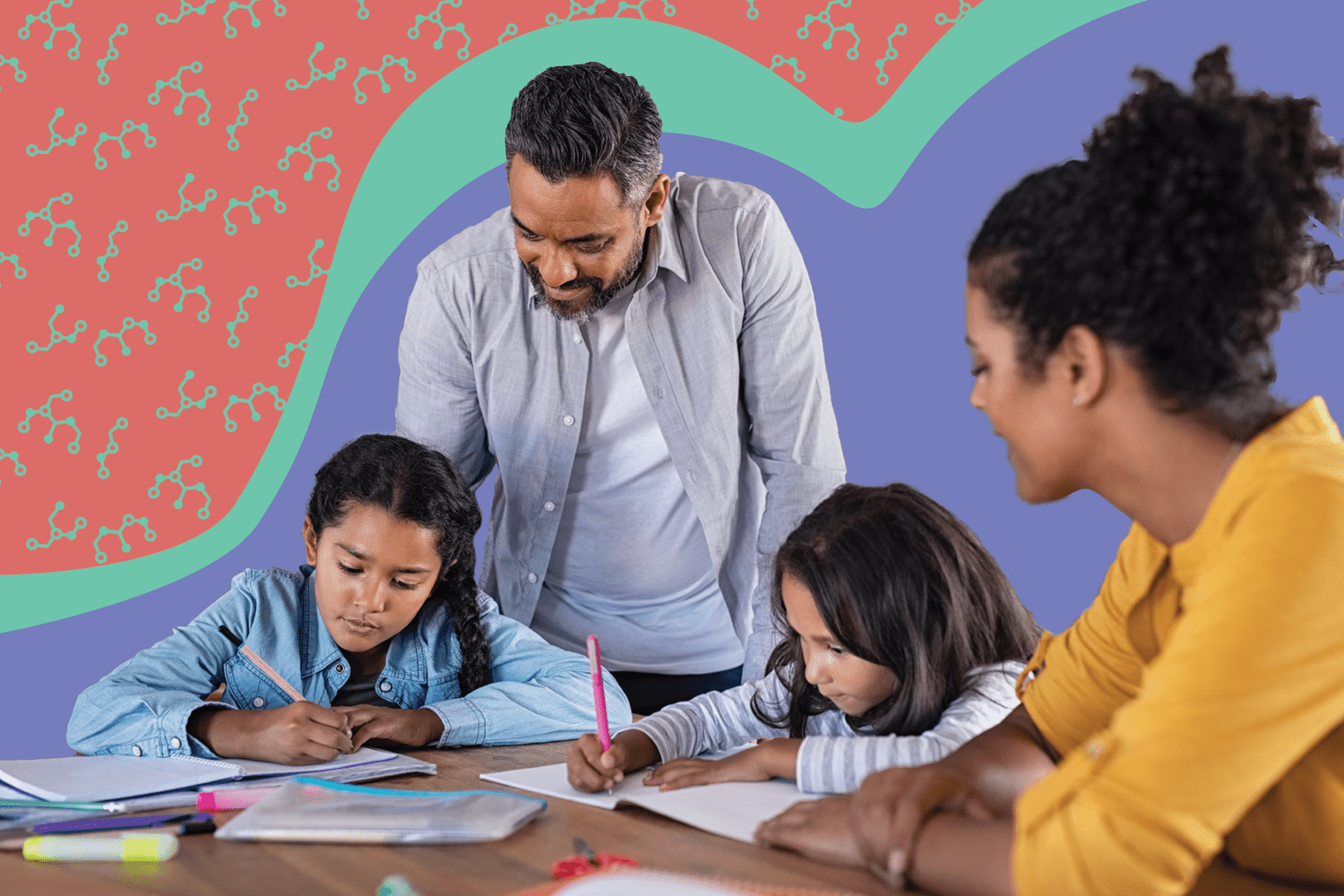
Terada, Y. (2021, August 13). How Novice and Expert Teachers Approach Classroom Management Differently. Edutopia. Retrieved September 25, 2023, from https://www.edutopia.org/article/how-novice-and-expert-teachers-approach-classroom-management-differently/?utm_source=Twitter&utm_medium=Social&utm_campaign=BTS23&utm_id=BTS23&utm_term=back+to+school&utm_content=novice+vs+expert
Collaborative Learning & The Use of Educational Technology
Whether it be in the classroom, at home, or in a community, collaboration proves to be a beneficial tool that allows those who use it to excel forward. Being able to have various individuals contribute to an idea, project, or creation, is the best way to ensure the best possible product. In today’s classrooms exist the privilege of technology that did not exist a couple of decades ago. At the fingertips of students and educators alike, is a multifunctional tool box of education technology. Technology that not only allows students to work with one another, but to take advantage of the benefits that come with blended learning between technology and education.

Why Have Students Work Together?
The strength in having a collaborative effort when working towards a common goal lies in the diverse perspectives and ideas that may stem from having various mindsets working together. As Howard Gardner’s Theory of Multiple Intelligences suggests, there are a variety of distinct forms of intelligence that span across a spectrum. Understanding this idea will enable educators to visualize the different attributes of the intelligence spectrum students will bring to the classroom. Gardner’s Theory implies that everyone is a mix of these intelligences, however there are still those who tend to be more dominant than others in certain areas. In having students collaborate, the guarantee of having a well executed and well-balanced learning experience, as well as project or assignment, becomes more likely.
How does Technology help students?
Having the proper versions of technology for educators to use in the classroom is essential to ensure the most effective benefit on learning. With many apps and programs being developed for personal use, it can pose a challenge to educators to find ways to incorporate technology into the classroom seamlessly. Despite the integration of technology not being seamless, as time goes on, more and more corporations are offering their services to educators as tools for their students. Examples of this include Google Classroom, Minecraft Education Edition, Office 365, and even programs such as Discord. All of these can be found across the world in classrooms where educators have found a way to incorporate them into their lesson plans and assignments.
If not for the use of technology such as Zoom, Skype, and Google Meet, schooling for many around the globe would not have been feasible during the Covid-19 Pandemic. It was because of the integration of these platforms that students were able to find a way to communicate with each other and connect despite the entire world being shut down. Technology allows students to work with each other regardless of having to be physically present in the classroom. Students can be in two different places but still manage to contribute the same amount of work to the project. With tools such as Microsoft Teams, at the disposal of students and educators, things such as updates, assignments, reminders, and virtual meetings can all be taken advantage of to improve the quality of work. Teams allow students to all access the same page online in real time, rather than having to all separately from their contributions and combine them later.
Education Technology is Here to Stay.
In today’s world, as things rapidly change on a day to day basis, providing stability for students via collaborative learning spaces is essential. Assigning group projects to students becomes more of an accessible resource to educators, knowing that students are able to collaborate outside the classroom. Sharing resources with students and asking them to help each other understand the concepts that they struggle with is a newly found opportunity for educators. It enables for students to create their own environment working online, and which tools they see best fit for the task at hand. In allowing students to collaborate using Educational Technology, they are learning to use the tools of the near future.
- “5 Benefits of Collaborative Learning Strategies & How to Get Started | National Society of High School Scholars.” NSHSS, 3 December 2020, https://www.nshss.org/blog/5-benefits-of-collaborative-learning-strategies-how-to-get-started/. Accessed 25 September 2023.
- “Howard Gardner’s Theory of Multiple Intelligences | Center for Innovative Teaching and Learning.” Northern Illinois University, https://www.niu.edu/citl/resources/guides/instructional-guide/gardners-theory-of-multiple-intelligences.shtml. Accessed 25 September 2023.
Collaboration in Education
Collaboration is one of the most important aspects of education. It is vital for educators to teach their students how to collaborate with others in addition to working independently. This can be done by introducing group projects, peer review, debriefs, etc. In almost every profession, people will have to work with others whether it be on group projects or solving problems. It is important for students to have the proper skills needed to be able to successfully collaborate with others because it is a skill that they will need even outside their school/their desired profession. We work with others in everyday life whether we realize it or not. Everyone needs collaboration in order to function properly in society.
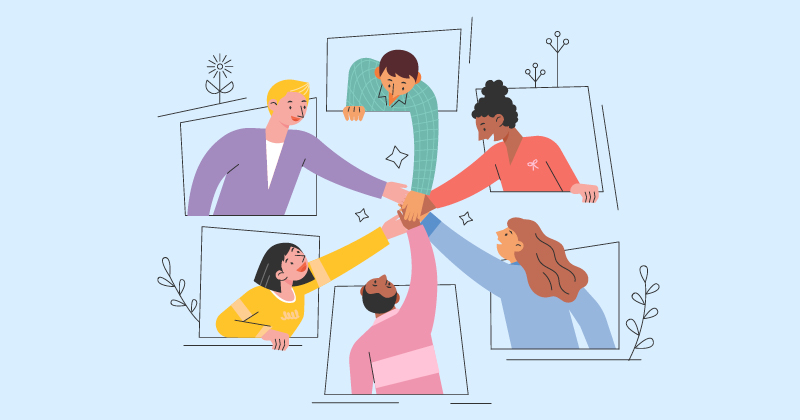
Collaboration allows you to be introduced to new ideas and different points of views. It makes you an open-minded person, which is a valuable quality to have. Educators’ jobs are to introduce their students to as many ideas as possible and give their students a deeper understanding of “diverse perspectives.” The more open-minded that a person is, the more they learn. There are many different ways that an educator can introduce collaboration. Group projects are the biggest form of collaboration. It teaches leadership (an important quality) as well as patience when it comes to working with many different people (and perspectives). Students gain better problem-solving skills as collaboration forces you to work through different obstacles such as disagreements (a problem you do not face with individual work).
In addition, students learn how to abide by rules. When working with others, you need to respect everyone’s perspectives, follow guidelines set among each other, and learn how to make everyone’s workflow in a cohesive manner. After COVID, there have been many examples of educators forcing collaboration even through virtual learning. For example, many teachers used breakrooms (on Google Meet) to have students discuss topics among each other. This way despite not being face to face, students were still able to gain these collaboration skills. Now that most of us are back to in person learning, it is much easier to incorporate collaboration in the classroom. Educators can do this by incorporating peer review into their lesson plans by having students look at each other’s work and give feedback. It also enforces another important skill: constructive criticism.
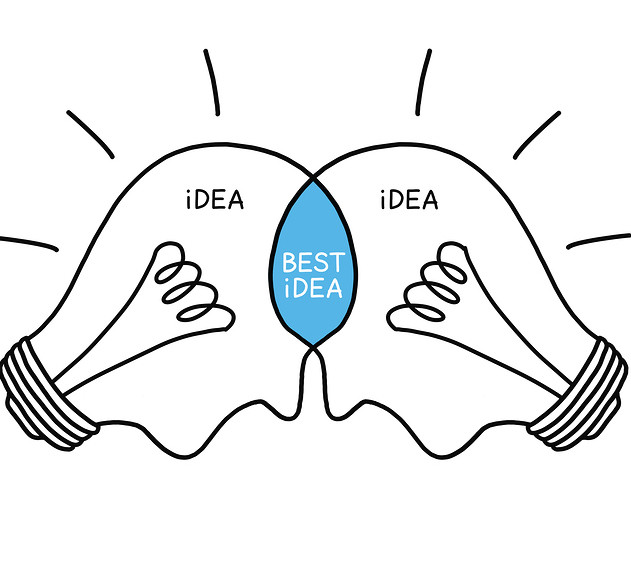
Conclusion
Collaboration is one of the biggest building blocks to creating a more diverse and inclusive group of people, and it is important to teach collaboration young to promote a better future society. There are many apps now that promote collaboration such as Zoom, Google Calendar, Microsoft Teams, PowerPoint (where more than one person can work on a project), etc. Collaboration is the key to building a better society; it all starts in the classroom.
